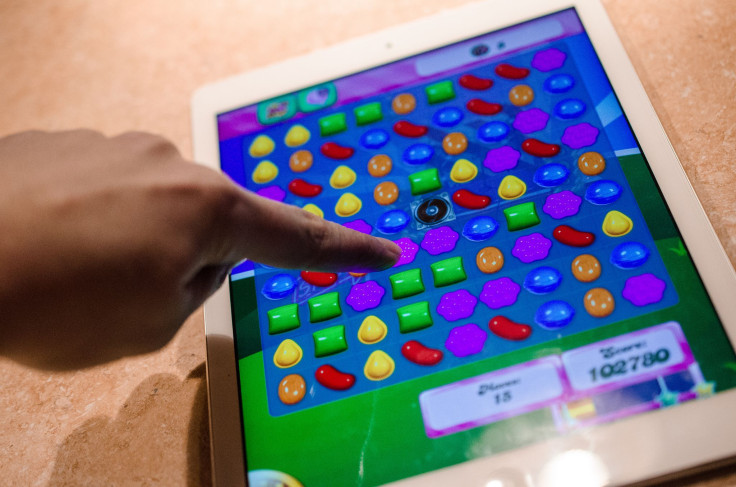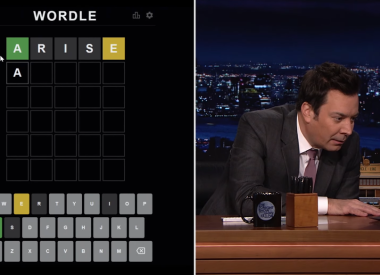The best ideas, like a mobile game that will one day be worth billions, always come to you in the shower. Or bath. Or at least Candy Crush Saga did, according to Philipp Lanik, the head of studio at King. The Swedish mobile and web game studio behind the Candy Crush Saga franchise was recently acquired by Activision Blizzard for almost $6 billion.
Lanik, alongside Levina Persson, the director of envelopes at King, spoke recently at a SXSW panel about exactly what goes into building a mobile franchise that 93 million people play every single day. Turns out quite a lot — as in 30 levels thrown away for each one making it into the game — distilled into four simple concepts: The idea, the core mechanic, the art and the sound.
Now while Lanik and Persson didn’t have any advice on how to come up with an idea, other than taking lots of showers, they did say refining the core mechanic of a mobile game is crucial to the whole process. They use something called the grandmother test, which, as you would assume, means handing over your game to your grandmother and seeing if she can figure out it without any instructions.
“When you develop a game, especially for a big audience, from the first moment to user tests, hand over the game to audience itself,” Lanik said “Don’t think only because you understand it, that everyone understands it. Because if a user doesn’t get it in the first moment, then a user doesn’t have fun.”
Artwork plays a major role in inspiring a player's connection with a game, Lanik and Persson said. Even though characters aren’t often in the foreground in King games, they still invest the time to fill in the smallest details to provide a measure of depth.
Lanik and Persson went on say that King breaks down creating a game’s artwork into three elements: characters, maps (or backgrounds), and UI design.
“It starts in the same way as the core mechanic. Everything starts off with an idea, an original concept based on the narrative,” said Lanik. “Then you’re iterating, and you’re working on details and details, and then you’re going to the next stage, you’re iterating, you get to the next stage, refinement, until you get to a final style decision, a final version.”
Last but not least, sound is an incredibly important part of reaching a player as a game designer. Lanik said that 80 percent of Candy Crush Saga players play with the sound turned on, and there’s a reason: Sound is a huge part of making a player feel something, like when a journey is beginning or a goal is reached.
“Something that is just in the background and people might not put their full attention to, actually has got a lot of work into it,” Persson said. “A whole orchestra, people playing the instruments and they have been doing that for years to perfection. So it is a lot of work going into even those small things.”
Once all the above steps are finally taken care of, it’s time for the last step in the process: the rollout. Persson and Lanik said that King divides the rolling out phase into three sections: the playtest, the soft launch and the global hard launch, which is an entire company effort.
Although you do have to keep your players happy by releasing more content, as they’re often the hardest judges of all, you can break out the champagne at this point and celebrate, Persson said. “You’ve earned it.”

















